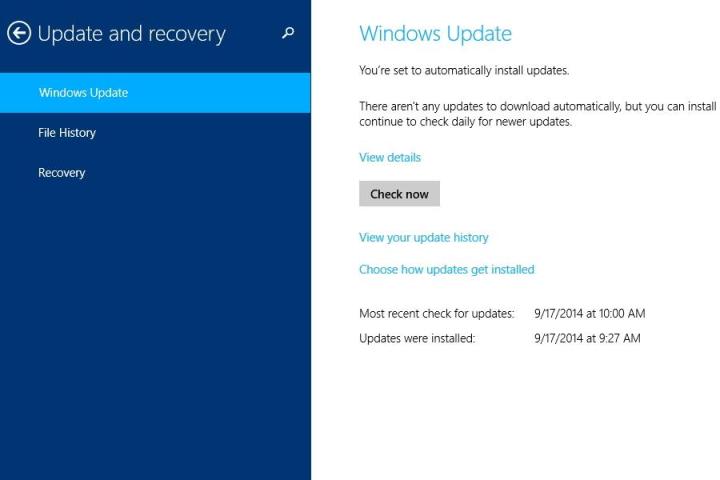
Among the many announcements which are heralding fundamental changes in the way Windows 10 will operate compared to its predecessors, perhaps none are as important as Microsoft’s announcement that the company will finally be doing away with the controversial “Patch Tuesday” update schedule.
Marked on the calendars of every security analyst and hacker alike for nearly all the years it’s been part of industry practice, Patch Tuesday was held on the second Tuesday of each month. It was the day Microsoft would roll out a flurry of patches for all of its flagship products including the Windows OS, Internet Explorer, and its enterprise applications.
Now, according to a presentation from the company’s own Terry Myerson, the release of Windows 10 will usher in a much more consistent update schedule, one which adapts to threats as they happen in the moment, rather than waiting 30 days every time an issue needs to be addressed.
The update schedule won’t just apply to desktops, either, covering tablets and phones installed with the upcoming OS just as equally as their larger, heavier cousins.
Because Ignite is all about enterprise customers, Myers also previewed a new feature for the business set that the company calls “Advanced Threat Analytics,” or ATA. This program will give IT administrators tighter, more streamlined control over their servers, as well as an increased capacity for threat detection that “monitors malware in realtime.”
The system works by taking constant snapshots of how your servers function while healthy, and then pitting those images against any irregularities in applications or functions that might pop up during an attack.
Myers believes ATA could take much of the guesswork in diagnosing bugs out of a company’s hands, and instead give Microsoft both greater control over mitigating an infection, as well as a better understanding of how to avoid similar problems from happening again down the road.
Editors' Recommendations
- Microsoft plans to charge for Windows 10 updates in the future
- Update Windows now — Microsoft just fixed several dangerous exploits
- Update Windows now to patch this critical Microsoft Word exploit
- Microsoft Edge’s latest feature keeps you even more secure when browsing
- Microsoft recommends you turn on this important Windows 11 security feature


